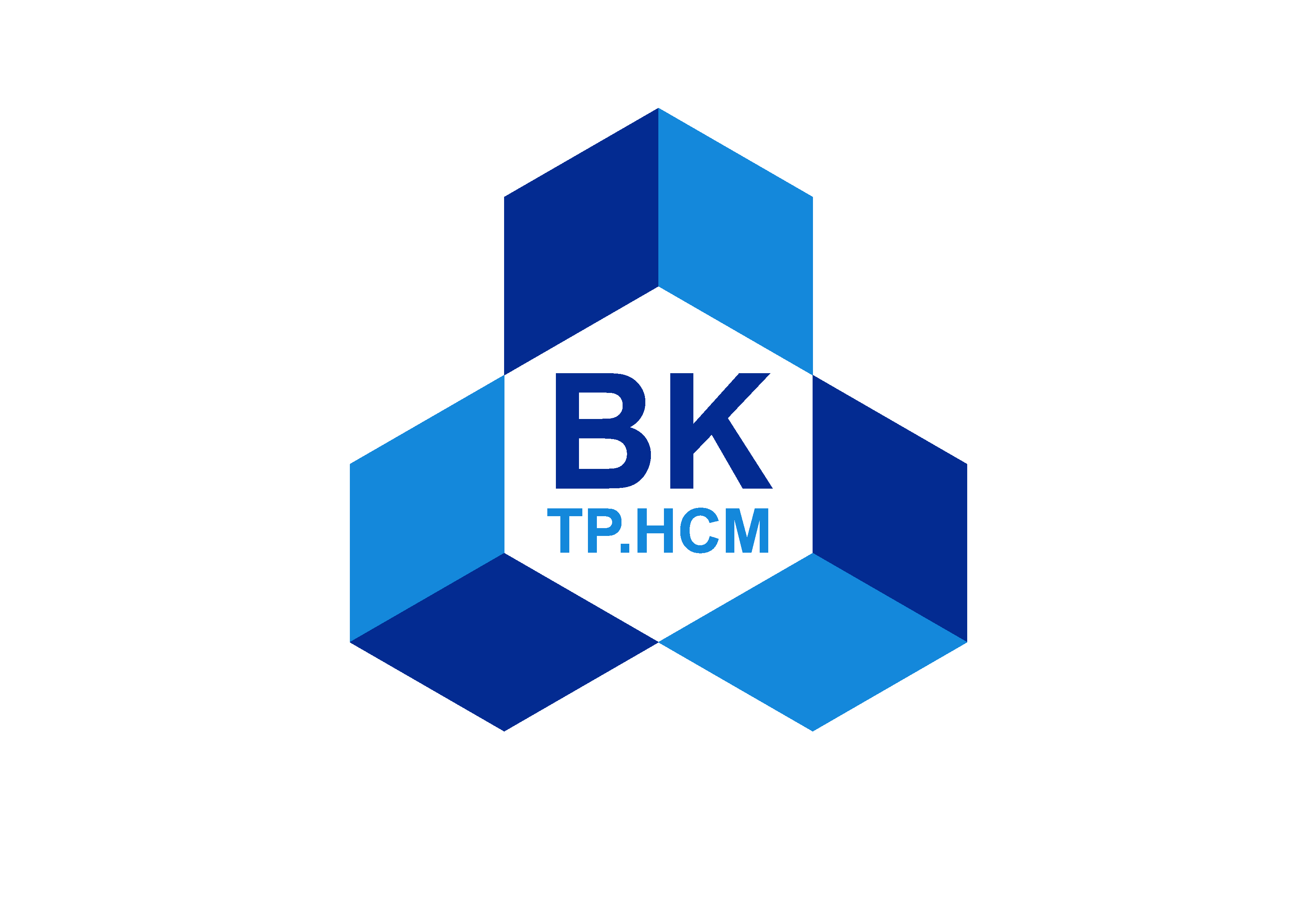Downloads
Abstract
This paper presents an improved local damage model for quasi-brittle materials. A parameter, namely damage, in the range [0,1] is used to characterize the material from intact state to complete failure. Classical local damage model is known for low computational cost but it suffers from numerical issues such as difficult convergence and mesh-density-dependent results. Various non-local models have therefore been proposed, however the computational cost is increased, which hinders the applicability in practical problems. Furthermore, the width of the damage zone predicted by the non-local models is usually non-physically large. Here, the improvement is the introduction of the fracture energy and element-size into the calculation of damage parameters to mitigate the weakness of the local damage model, while keeping low computational cost. The employment of polygonal element is also proposed to utilize the advantage of high-accuracy, thus less number of elements (than the usual 3-node triangular or 4-node quadrilateral elements) can be used. The bi-energy norm-based equivalent strain is for the first time considered in a local damage model. This quantity is based on the maximum strain criterion, but with a modification to take into account the property of quasi-brittle materials such as concrete, limestone, etc., that load capacity in compression is higher than in tension. Accuracy and efficiency of the proposed model is investigated through comparison with reference results from experiments and other numerical methods.
Issue: Vol 6 No 1 (2023)
Page No.: 1772-1785
Published: Mar 31, 2023
Section: Research article
DOI: https://doi.org/10.32508/stdjet.v6i1.1052
PDF = 551 times
Total = 551 times
Most read articles by the same author(s)
- Hong-Huan Chiem, Kieu-Diem-Huynh Vo, Thi-Truc-Ngan Nguyen, Thu-Huong Thi Nguyen, Duc-Duy Ho, Analysis the change of vibration responses for tall building structure under earthquake , VNUHCM Journal of Engineering and Technology: Vol 7 No 1 (2024)

 Open Access
Open Access 










